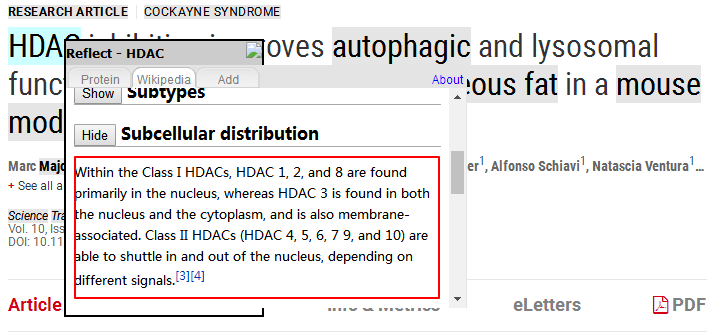Understanding Financial Aid: What is the Difference Between Federal Subsidized and Unsubsidized Loans?
#### What is the difference between federal subsidized and unsubsidized loans?When it comes to financing your education, understanding the various types of……
#### What is the difference between federal subsidized and unsubsidized loans?
When it comes to financing your education, understanding the various types of federal student loans is crucial. Among the most common are federal subsidized and unsubsidized loans, both of which have distinct features that can significantly impact your financial situation during and after college.
#### Federal Subsidized Loans
Federal subsidized loans are need-based loans offered to undergraduate students who demonstrate financial need. The key benefit of a subsidized loan is that the federal government pays the interest on the loan while the student is enrolled at least half-time in school, during the six-month grace period after graduation, and during any authorized deferment periods. This means that the total amount you owe when you graduate may be less than what you borrowed, as interest does not accrue during these periods.
To qualify for a federal subsidized loan, students must complete the Free Application for Federal Student Aid (FAFSA) and demonstrate financial need based on the information provided. The amount you can borrow is capped and depends on your year in school and other factors, but it generally ranges from $3,500 to $5,500 per academic year for undergraduate students.

#### Federal Unsubsidized Loans
On the other hand, federal unsubsidized loans are available to both undergraduate and graduate students, regardless of financial need. Unlike subsidized loans, the borrower is responsible for paying the interest on an unsubsidized loan from the moment the loan is disbursed. This means that if you choose not to pay the interest while you are in school, it will accumulate and be added to the principal amount of the loan, increasing your overall debt.
Unsubsidized loans also have annual borrowing limits, which are typically higher than those for subsidized loans. For undergraduate students, the limits can range from $5,500 to $12,500, depending on the year in school and whether the student is considered dependent or independent.
#### Key Differences

1. **Interest Payments**: The most significant difference lies in who pays the interest. For subsidized loans, the government covers the interest while you're in school, whereas for unsubsidized loans, you are responsible for all interest from the moment the loan is taken out.
2. **Eligibility**: Subsidized loans are need-based and require students to demonstrate financial need, while unsubsidized loans are available to all students regardless of financial circumstances.
3. **Loan Limits**: The borrowing limits differ between the two types of loans. Subsidized loans typically have lower limits compared to unsubsidized loans.
4. **Repayment**: Both types of loans require repayment after graduation, but the total amount owed for unsubsidized loans may be significantly higher due to accruing interest.

#### Conclusion
Understanding the difference between federal subsidized and unsubsidized loans is essential for students seeking financial aid for their education. By comprehensively evaluating your financial situation and considering the implications of each loan type, you can make informed decisions that will affect your financial future. Always remember to fill out the FAFSA to determine your eligibility for these loans and to explore other financial aid options that may be available to you.